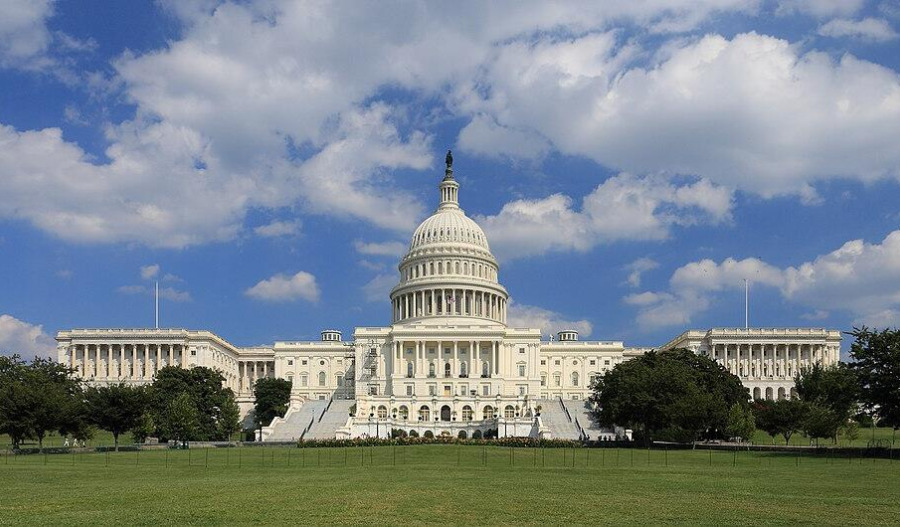Oil prices edged higher during Thursday's Asian trade, breaking a three-day losing streak as the prospect of tighter sanctions on Russian crude offered support to markets otherwise weighed down by oversupply concerns.
By 3:30 pm AEST (5:30 am GMT), Brent crude futures were up 38 cents, or 0.6%, at US$65.73 a barrel, while U.S. West Texas Intermediate (WTI) rose 35 cents, or 0.6%, to $62.13.
The gains followed declines of around 1% in the previous session, which saw Brent settle at its lowest since 5 June and WTI at its weakest since 30 May.
The Group of Seven finance ministers pledged on Wednesday to increase pressure on Moscow by targeting buyers of Russian crude and entities helping circumvent sanctions.
In a further escalation, U.S. officials confirmed Washington would provide Ukraine with intelligence to assist long-range missile strikes on Russian refineries, pipelines and energy facilities.
Chinese stockpiling activity also lent support to crude, with traders pointing to steady demand from the world’s largest oil importer as cushioning prices against further downside.
Still, global sentiment remained fragile. Investors were unnerved by the looming U.S. government shutdown, which has already seen President Donald Trump freeze US$26 billion in funding for Democratic-leaning states.
The political turmoil has intensified fears about global growth.
At the same time, expectations of higher OPEC+ production limited oil’s rally. Three sources told Reuters the producers’ group could raise output by as much as 500,000 barrels per day in November, tripling the October increase, as Saudi Arabia seeks to recapture lost market share.
On the data front, the U.S. Energy Information Administration reported on Wednesday that crude, gasoline and distillate inventories all rose in the week to September 26.
Crude stocks increased by 1.8 million barrels to 416.5 million, above market forecasts for a 1.5 million-barrel rise, reflecting softer demand and weaker refining activity.



